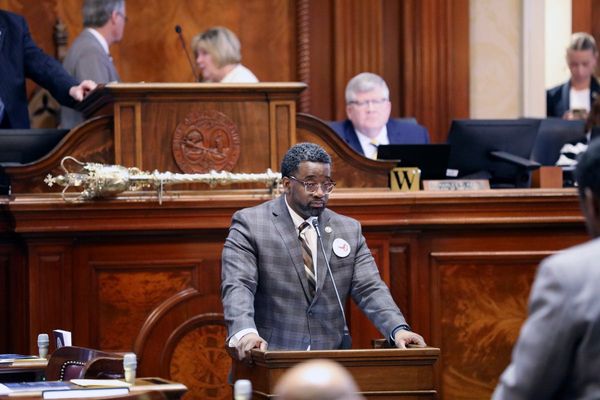Fewer than 10% of Marylanders live below the poverty line, but in Baltimore, the ratio is much higher, with one in five people living in poverty. There is no shortage of reasons why the rate in the state’s largest city is stubbornly high. Often, poverty simply begets more poverty. Individuals born into certain city neighborhoods will have a tougher time finding employment opportunities and decent housing, health care and transportation, and they are more likely to be impacted by crime and substance abuse. Those living in poverty are disproportionately African American and female, their circumstances part of a long legacy of discrimination, worsened in many ways by the COVID-19 pandemic. All of this raises a critical question: What would it take to turn things around and open doors and opportunities for people lacking the privilege that provides an easier path for some?
Here’s one promising proposition: Giving those in need a modest helping hand — not a windfall, of course, but something that would allow them to pull their lives together or at least address some lingering barrier to advancement. This week, Baltimore moves forward with its version of a guaranteed income program. The experimental plan will pick 200 qualifying young families to receive $1,000 a month for two years. At Mayor Brandon Scott’s urging, the $4.8 million Baltimore Young Families Success Fund was financed mostly through the city’s $641 million share of the federal American Rescue Plan aid.
Public reaction to such ventures is often polarizing, with many political conservatives predisposed to see government aid — whether in the form of food stamps, Medicaid payments or Temporary Cash Assistance — as a handout to the shiftless. But a number of urban centers across the United States have been pursuing programs similar to the one Baltimore is launching with some success. In Stockton, California, for example, a universal basic income program that was started in 2019 has found that full-time employment rose among participants, as did their financial, physical and emotional health. That should not be regarded as shocking. Nonprofit advocacy groups have been successfully helping families with more targeted help for years. Sometimes, the difference between holding a job or not comes down to the ability to afford decent child care or make a car payment or buy appropriate clothes.
In designing Baltimore’s program, organizers have made a number of smart choices. First, it’s targeted to the young — parents between the ages of 18 and 24, for whom the help could truly be a difference-maker. And the city plans to closely study the effects, also monitoring non-participating families to provide a basis of comparison. One of the lingering questions will be not just whether Stockton’s success will be duplicated but whether the monthly aid will continue to prove helpful in the long-term. Even advocates aren’t sure how long it should take for economic security to be achieved.
Such unknowns aren’t an argument for shying away from this experiment, but exactly the contrary. Baltimore can ill afford to ignore any approach that holds the promise of addressing what is perhaps this city’s most pernicious issue: concentrated poverty. In many respects, a lot of urban ills that receive closer attention (and much larger sums of tax dollars), including crime and substance abuse, are inextricably tied to this lack of a social safety net. How much better and cheaper if chronic problems could be avoided before they become rampant? Even the aids lack of attached strings (there’s no work requirement, for example) could prove cost-effective, with far less spent on government bureaucracy and oversight and more on addressing the core problem.
One more important consideration. This isn’t about replacing other forms of help, public or private; it’s about supplementing them. It’s quite likely that what may work in Baltimore won’t in other cities and vice versa. Success may even vary by neighborhood. This is simply about finding one approach to providing the kind of economic security — essentially an income floor — that can help launch some city residents toward a better, healthier, safer and more productive life. Should this experiment prove successful in the coming years, it’s hard to imagine a better investment than that. Maryland’s other high-poverty jurisdictions, from Somerset to Garrett counties, ought to pay close attention.
____
Baltimore Sun editorial writers offer opinions and analysis on news and issues relevant to readers. They operate separately from the newsroom.
____







